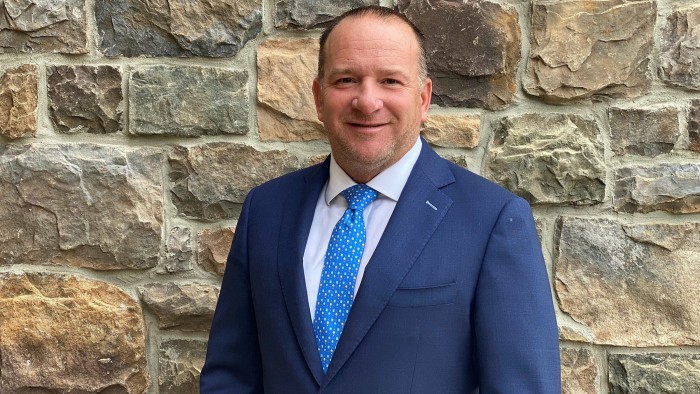It pays to be part of a bigger adviser business — especially during a pandemic

Roula Khalaf, Editor of the FT, selects her favourite stories in this weekly newsletter.
As the Covid-19 pandemic goes on for longer than many people anticipated, one financial adviser is seeing the benefit of being part of a larger shop.
“A lot of financial advisers running their own practices have to deal with managing their team, managing their firm. Managing a business during the pandemic is not easy,” says Jim Edwards, a principal at Captrust, a wealth management company with offices in 45 US cities.
Mr Edwards spent the first 15 years of his financial advisory career in his own practice but joined Captrust in Allentown, Pennsylvania, five years ago along with other staff at his previous firm MFP Strategies.
Since then, he has seen his defined-contribution plan assets under advisement more than triple to $14bn. Captrust itself has £390bn of assets under advisement.
As part of a larger organisation, Mr Edwards no longer worries about human resources or payroll. “We don’t have those distractions,” he says. Additionally, Captrust has a dedicated due-diligence team that vets investment managers and record-keepers. That has proved especially handy given the demands on his time this year. Mr Edwards has helped clients evaluate issues relating to job losses and partial plan terminations, as well as assess the implications of the Cares Act, the US law aimed at mitigating the economic effect of the pandemic.
“That’s a project no one thought they’d be dealing with,” he says. “We’ve been fortunate where, knock on wood, our clients are faring pretty well.” A few clients, however, did have “fairly substantial furloughs and lay-offs”, which required him to offer more help than was normal.
As the demand increased, Mr Edwards’s work-life balance suffered. “As advisers, we’re always plugged in,” Mr Edwards says, “but you knew that if you’re getting into the office at 8.30 and leaving at five, you have that ‘on’ switch and that ‘off’ switch. Now, with it being more of a home environment, there’s really no ‘off’ switch.”
He has also found it difficult to maintain focus at home — an issue familiar to many workers who have swapped white collars for sweatshirts. Mr Edwards likes to vary his surroundings to keep his mind turning, taking calls on the porch instead of staying in his home office. He makes it a point to break for lunch with his wife and children.
Earlier in the pandemic, he participated in virtual group workouts organised by Captrust, though he says numbers began to drop in late May as better weather drew people outside. For his part, he enjoys morning runs.
There have been bright spots in the past seven months. “I definitely think the pandemic has created some opportunities,” he says. According to Mr Edwards, Captrust is reeling in bigger fish. Some larger consulting businesses “have a heavier load . . . and the clients are feeling it on the service side”.
Shortly before speaking to the Financial Times, Mr Edwards had been speaking to a prospective client that sponsors a $550m defined-contribution plan and a $500m defined-benefit plan. At present, that prospect is serviced by a larger consultant. “They feel like over the past year the service level has diminished considerably, to the point where they’re now reacting to things as the plan sponsor brings them to their attention, rather than being proactive,” Mr Edwards says.
“It feels like they’re maybe putting out fires, and if we don’t have a fire, they’re working on someone else’s account,” he recalls the prospect saying.
With help from Captrust, Mr Edwards feels he can give such prospects special attention. That backing may also help win clients that are worried about their own adviser’s financial durability. “Now more than ever, plan sponsors are looking for firms that are here today and are going to be here for a long period of time,” he says.
Other opportunities have presented themselves. According to Mr Edwards, he used to do on-site participant education meetings, setting dates to visit each of a client’s locations. The shift to virtual meetings has eliminated scheduling hurdles. “If we used to do five days of meetings on-site, now we’re able to do 10,” he says.
Plan-sponsor committee meetings have also moved to a virtual format and these have been well received and well attended despite a learning curve. “I think a year ago, if you were in a virtual meeting, presumably somebody could be doing something else. But now people are so used to conducting virtual meetings, they’re really tuned in to the matter at hand,” he says.

Comments